PONTIFICAL MISSION SOCIETY
National Directors through the years...
------------------------- A Brief Philippine History (1932-2007) -------------------------
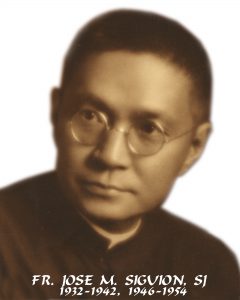

Siguión Period (1932-1950)
Father José Ma. Siguión, SJ (1881-1960) was appointed in 1932 by Manila Archbishop Michael J. O’Doherty as the first national director of the Pontifical Mission Societies in the Philippines (PMS). Various pontifical works had been organized in some dioceses as early as 1929.


Bustos Period (1950-1959)
Father Bustos set about his tasks. He rented an office on the fourth floor of a building in Estrada Street near Taft Avenue in Manila. For nine years, he carefully laid the foundations of a mission animation program, including the revival of the national mission assemblies, the establishment of a small publication entitled Catholic Missions, and the use of mission promotion posters.
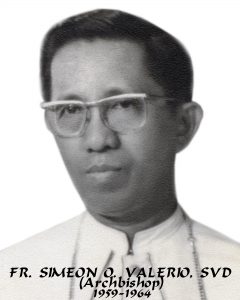

Valerio Period (1959-1964)
Father Simeon O. Valerio, SVD (1918-2003) was named National Director of the Propagation of the Faith on July 14, 1959 by the Congregation of Propaganda Fide. As Father Valerio (bishop in 1974) began his service the country was in the midst of the celebration of the Mission Year of 1959.


Limon Period (1964-1970)
Father Federico G. Limon, SVD (1915-1996) became the PMS National Director in September 1964. Father (bishop in 1972) Limon also began some innovations in the PMS. The PMS publication, The Catholic Missions, was reformatted and renamed The Missions, with a bi-monthly printing of 60,000 copies.
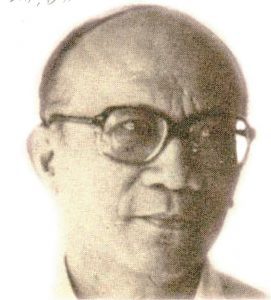


Second Pizarro Period (1983-1993)
“Youth, Vocation, and Mission” captures much of the PMS emphasis in 1971. The PMS published two booklets on the various congregations for women and men in the Philippines: What You Have Always Wanted to Know about Sisters and Here I Am (about men’s groups). The Mission Education Committee completed a series of lesson plans for religion classes in the schools.
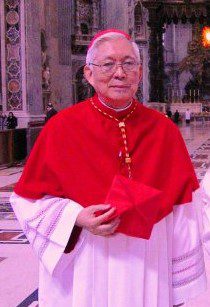

Rosales Period (1975-1982)
Bishop Gaudencio B. Rosales (1932), Auxiliary Bishop of Manila, became PMS National Director on September 18, 1975. Mission promotion activities during 1975, a Holy Year, continued in their usual patterns, especially with the dynamic Mission Education Committee composed of 30-40 religious sisters.


Lat Period (1982-1983)
Bishop Leoncio L. Lat (1917-2002) assumed the office of PMS National Director when it was vacated by Bishop Gaudencio B. Rosales who took up his new responsibilities as auxiliary bishop of Malaybalay, Bukidnon.



Second Pizarro Period (1983-1993)
Not being “new to the job,” Father Pizarro confidently set about his tasks. He confirmed plans for the National Mission Assembly in August 1983. During the actual gathering, buffeted by a strong typhoon, Bishop Leonardo Z. Legaspi, OP presented a special, timely conference on “The Mission in the New Code” (released in 1983).
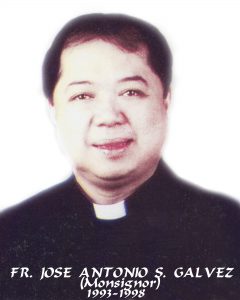

Galvez Period (1993-1998)
Father Galvez stated that his aims were: “forming mission consciousness, fostering spiritual and missionary cooperation, promoting vocations for the missions, and bringing about the efficient collection of funds.”
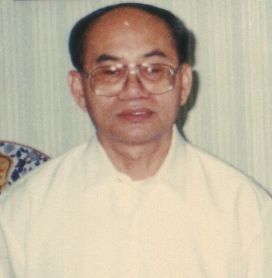

Mesiona Period (1998-2001)
Father Pedro M. Mesiona, MSP (1946), the first priest of the Mission Society of the Philippines to become PMS National Director, was serving as Executive Secretary of the Episcopal Commission on Missions prior to his appointment to the PMS office.
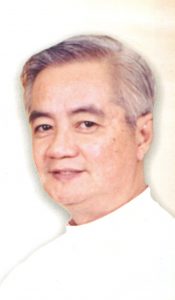

Mallari Period (2001-2002)
Father Cipriano B. Mallari (1946) was appointed National PMS Director on April 6, 2001. He had studied missiology in Rome; he had been missioned in 1996 as a MSP associate priest in the Solomon Islands; and, he had served as diocesan PMS director in the Archdiocese of Caceres (Naga City) from 1998-2001.
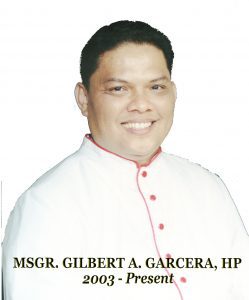

Garcera Period (2003-2008)
Monsignor Garcera was for some years the CBCP Assistant Secretary General (2001-2003), giving him a wide knowledge and experience of the entire Philippine local Church—and a good working relationship with members of the national hierarchy.
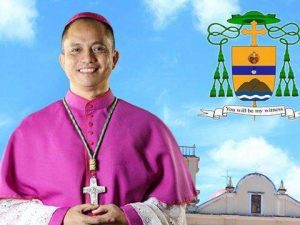

Most Rev. Socrates C. Mesiona, MSP
Pope Francis has appointed Fr. Socrates C. Mesiona, MSP as the new bishop of Puerto Princesa in Palawan province. Mesiona replaces Bishop Pedro Arigo, 77, whose resignation has been accepted by the Pope after serving the diocese for 20 years.
Gratitude is the Language of the Heart
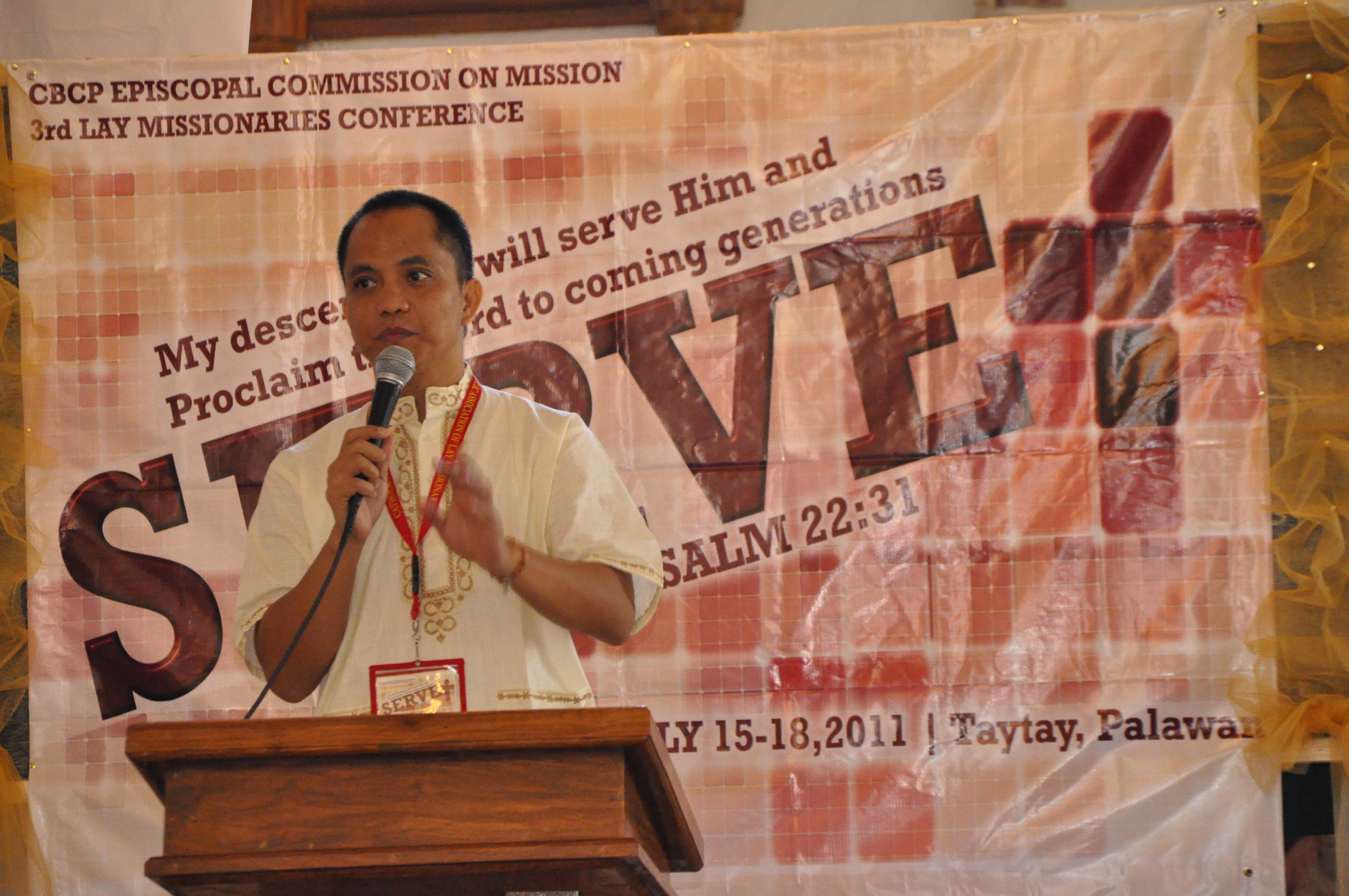

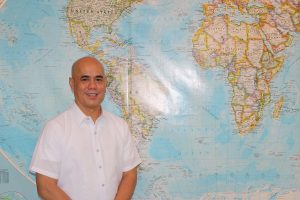

Rev. Msgr. Esteban LO, LRMS
I have the pleasure of communicating to you, Monsignor, your appointment as National Director of the Pontifical Mission Societies in the Philippines.
